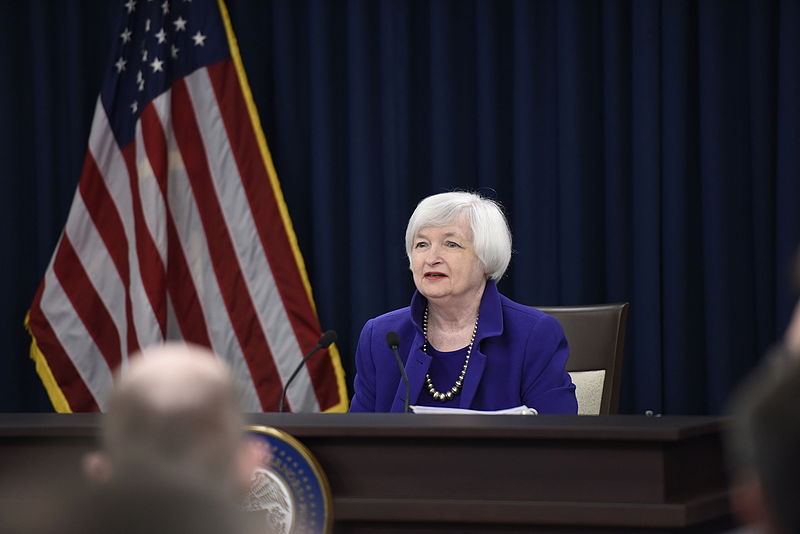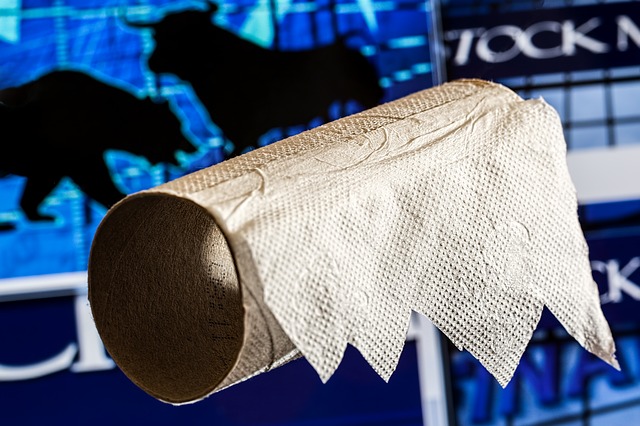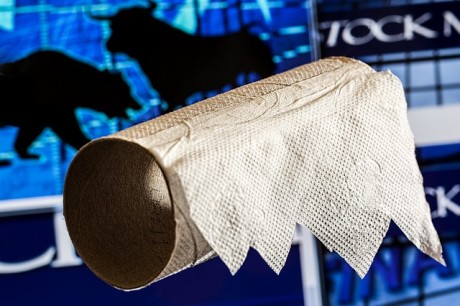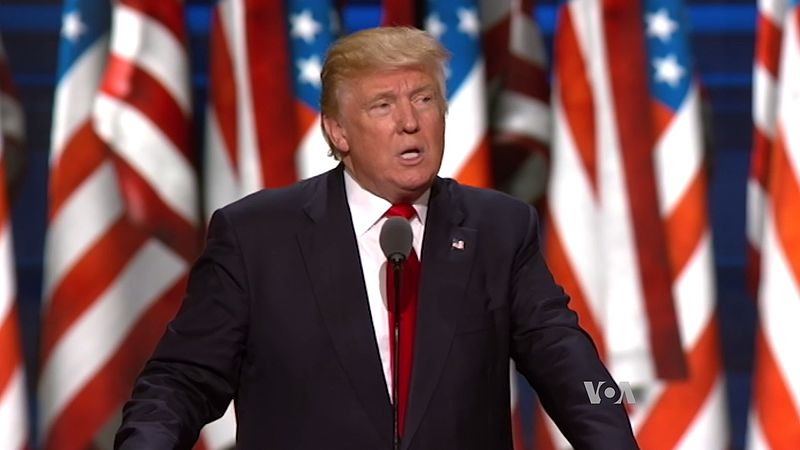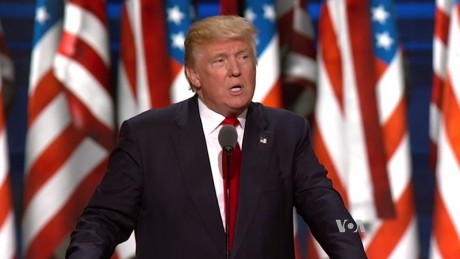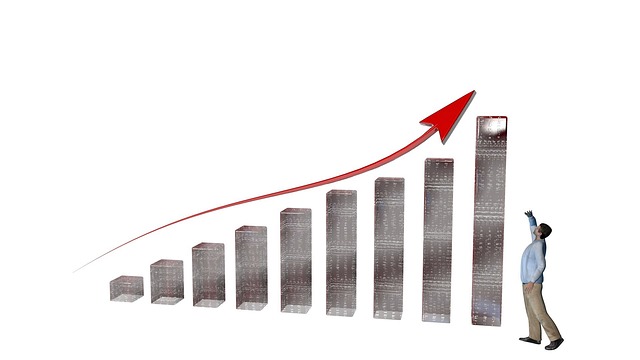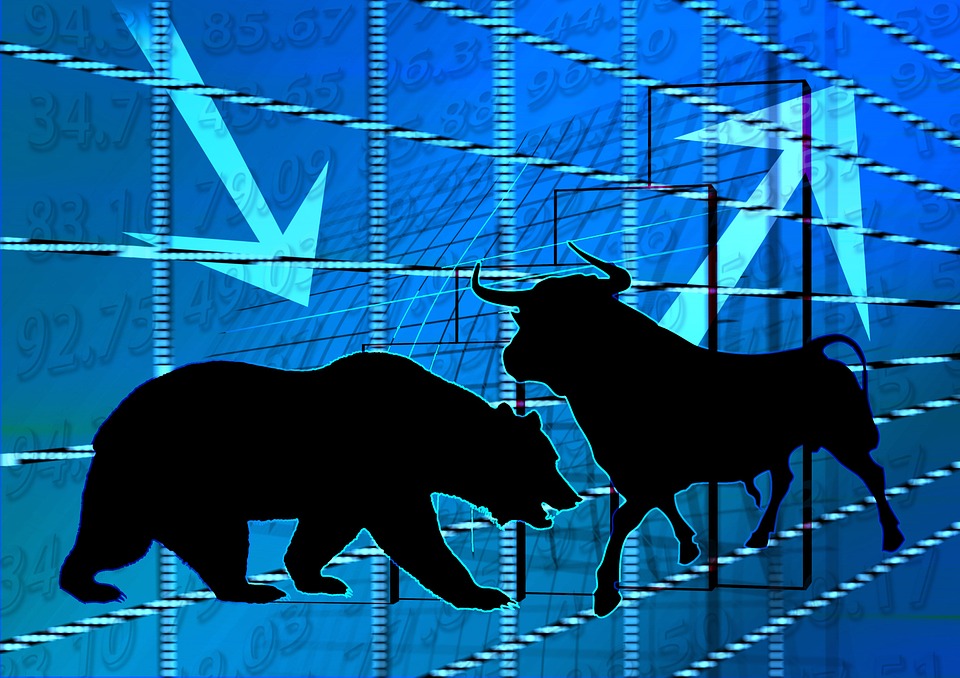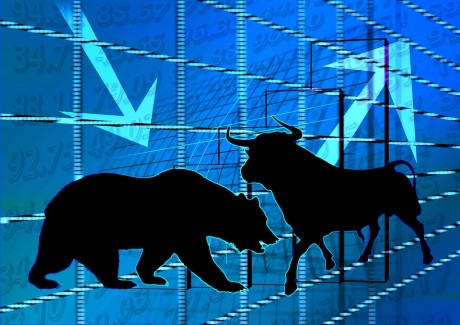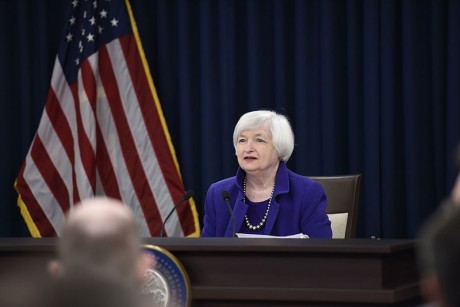 Most Americans do not understand this, but the truth is that the Federal Reserve has far more power over the U.S. economy than anyone else does, and that includes Donald Trump. Politicians tend to get the credit or the blame for how the economy is performing, but in reality it is an unelected, unaccountable panel of central bankers that is running the show, and until something is done about the Fed our long-term economic problems will never be fixed. For an extended analysis of this point, please see this article. In this piece, I am going to explain why the Federal Reserve is currently setting the stage for a recession, a new housing crisis and a stock market crash, and if those things happen unfortunately it will be Donald Trump that will primarily get the blame.
Most Americans do not understand this, but the truth is that the Federal Reserve has far more power over the U.S. economy than anyone else does, and that includes Donald Trump. Politicians tend to get the credit or the blame for how the economy is performing, but in reality it is an unelected, unaccountable panel of central bankers that is running the show, and until something is done about the Fed our long-term economic problems will never be fixed. For an extended analysis of this point, please see this article. In this piece, I am going to explain why the Federal Reserve is currently setting the stage for a recession, a new housing crisis and a stock market crash, and if those things happen unfortunately it will be Donald Trump that will primarily get the blame.
On Wednesday, the Federal Reserve is expected to hike interest rates, and there is even the possibility that they will call for an acceleration of future rate hikes…
Economists generally believe the central bank’s median estimate will continue to call for three quarter-point rate increases both this year and in 2018. But there’s some risk that gets pushed to four as inflation nears the Fed’s annual 2% target and business confidence keeps juicing markets in anticipation of President Trump’s plan to cut taxes and regulations.
During the Obama years, the Federal Reserve pushed interest rates all the way to the floor, and this artificially boosted the economy. In a recent article, Gail Tverberg explained how this works…
With falling interest rates, monthly payments can be lower, even if prices of homes and cars rise. Thus, more people can afford homes and cars, and factories are less expensive to build. The whole economy is boosted by increased “demand” (really increased affordability) for high-priced goods, thanks to the lower monthly payments.
Asset prices, such as home prices and farm prices, can rise because the reduced interest rate for debt makes them more affordable to more buyers. Assets that people already own tend to inflate, making them feel richer. In fact, owners of assets such as homes can borrow part of the increased equity, giving them more spendable income for other things. This is part of what happened leading up to the financial crash of 2008.
But the opposite is also true.
When interest rates rise, borrowing money becomes more expensive and economic activity slows down.
For the Federal Reserve to raise interest rates right now is absolutely insane. According to the Federal Reserve Bank of Atlanta’s most recent projection, GDP growth for the first quarter of 2017 is supposed to be an anemic 1.2 percent. Personally, it wouldn’t surprise me at all if we actually ended up with a negative number for the first quarter.
As Donald Trump has explained in detail, the U.S. economy is a complete mess right now, and we are teetering on the brink of a new recession.
So why in the world would the Fed raise rates unless they wanted to hurt Donald Trump?
Raising rates also threatens to bring on a new housing crisis. Interest rates were raised prior to the subprime mortgage meltdown in 2007 and 2008, and now we could see history repeat itself. When rates go higher, it becomes significantly more difficult for families to afford mortgage payments…
The rate on a 30-year fixed mortgage reached its all-time low in November 2012, at just 3.31%. As of this week, it was 4.21%, and by the end of 2018, it could go as high as 5.5%, forecasts Matthew Pointon, a property economist for Capital Economics.
He points out that for a homeowner with a $250,000 mortgage fixed at 3.8%, annual payments are $14,000. If that homeowner moved to a similarly-priced home but had a 5.5% rate, their annual payments would rise by $3,000 a year, to $17,000.
Of course stock investors do not like rising rates at all either. Stocks tend to rise in low rate environments such as we have had for the past several years, and they tend to fall in high rate environments.
And according to CNBC, a “coming stock market correction” could be just around the corner…
Investors are in for a rude awakening about a coming stock market correction — most just don’t know it yet. No one knows when the crash will come or what will cause it — and no one can. But what’s worse for most investors is they have no clue how much they stand to lose when it inevitably happens.
“If you look at the market historically, we have had, on average, a crash about every eight to 10 years, and essentially the average loss is about 42 percent,” said Kendrick Wakeman, CEO of financial technology and investment analytics firm FinMason.
If stocks start to fall, how low could they ultimately go?
One technical analyst that has a stunning record of predicting short-term stock market declines in recent years is saying that the Dow could potentially drop “by more than 6,000 points to 14,800”…
But if the technical stars collide, as one chartist predicts, the blue-chip gauge could soon plunge by more than 6,000 points to 14,800. That’s nearly 30% lower, based on Friday’s close.
Sandy Jadeja, chief market strategist at Master Trading Strategies, claims several predicted stock market crashes to his name — all of them called days, or even weeks, in advance. (He told CNBC viewers, for example, that the August 2015 “Flash Crash” was coming 18 days before it hit.) He’s also made prescient calls on gold and crude oil.
And he’s extremely concerned about what this year could bring for investors. “The timeline is rapidly approaching” for the next potential Dow meltdown, said Jadeja, who shares his techniques via workshops and seminars.
Most big stock market crashes tend to happen in the fall, and that is what I portray in my novel, but the truth is that they can literally happen at any time. If you have not seen my recent rant about how ridiculously overvalued stocks are at this moment in history, you can find it right here. Whether you want to call it a “crash”, a “correction”, or something else, the truth is that a major downturn is coming for stocks and the only question is when it will strike.
And when things start to get bad, most of the blame will be dumped on Trump, but it won’t primarily be his fault.
It was the Federal Reserve that created this massive financial bubble, and they will also be responsible for popping it. Hopefully we can get the American people to understand how these things really work so that accountability for what is coming can be placed where it belongs.
